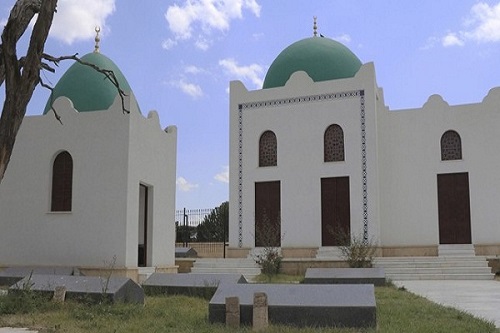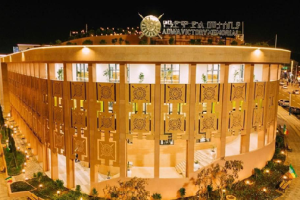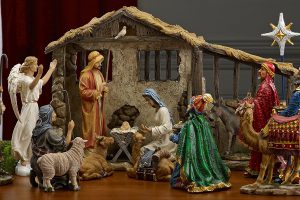
Historical manuscripts indicates that Islam in Ethiopia dates back to the year 615 AD when the first Muslim, among them Prophet Mohammad’s wife came to Ethiopia as refugees and settled in Negash, a small village located 60 km east of Mekelle, the capital of Tigray State. The Quraysh sent emissaries to bring them back to Arabia, but the king of Ethiopia refused their demands.
The Prophet himself instructed his followers who came to Ethiopia, to respect and protect Ethiopia as well as live in peace with Ethiopian Christians, as Selahadin Eshetu (PhD), a Political Commentator, International Relations Expert and Writer described king Negash on his thesis entitled ”Authentic History of King Negash of Abyssinia”
When they first arrived in the land of peace and justice, the then Christian king of Abyssinia (Ethiopia) welcomed them in a hospitable and heartwarming manner. He ordered his subjects to support the strangers by whatever means they can.
This magnificent scenario was used as a symbol of religious tolerance which had been depicting the assimilation, cooperation and mutual understanding between Ethiopian Muslims and Christians for several centuries. In addition to this, Ethiopia became the first country to allow Muslims to practice their faith without any obstacle.
Selahadin describes King Al Nejashi ” as a humble and welcoming king who enabled to create positive impression of his country on the minds of Muslims. He stated that having noticed the warm reception of his followers by Christian king, the Prophet of Islam ordered all Muslims not to declare Jihad on Ethiopia at any time unless attacked and since then the religion has started to expand its magnitude by increasing its followers in Ethiopia.
”What makes Islam peculiar in Ethiopia, unlike from the rest of the world, is that, in the first place it was preached, spread and accepted peacefully throughout the whole territory of Ethiopia. Secondly, Islam always co-exists harmoniously with other religions. That is why that one can find family members in Ethiopia who exercise different religions in the same roof,” Selahadin noted.
Nowadays the village of Negash or Nejashi, which hosts the first Muslims refugees in history, boasts its 7th century old Mosque. The Al Nejashi mosque is as old as the faith of Islam in Ethiopia and it is believed to be the first mosque in Africa. The mosque is considered by many as one of the most sacred places of Islamic worship and rightly dubbed by some as “The second Makkah”.
Many world leaders especially from Islamic countries have visited Al Nejashi and they have expressed their admiration to the deep history it holds. Ex-President Sudanese Omar Hassen Albeshar and Djiboutian President Ismael Omar Guile were among the high profile people who visited the Mosque.
Though it is one of the promising tourism potentials of the country, this ancient mosque was deprived of attention. However, in the couple of years, there are encouraging initiations aimed to reinstate the Mosque to its proper status. Cognizant of this fact, the Ethiopian government has started to undertake various activities to make the historical mosque a tourist destination.
According to the Tigray Tourism and Culture Bureau annual magazine, Al Nejashi has been renovated with a financial help from the Turkish Cooperation and Coordination Agency (TIKA) in 2018. The renovation was carried out by both Turkish and Ethiopian engineers with a view to ensuring the mosque’s original architecture remains intact.
“We are delighted to have the opportunity to give this iconic Islamic monument the renovation it deserves,” Ismail Durhat, TIKA’s country coordinator for Ethiopia, told Anadolu Agency.
According to Durhat, a number of auxiliary structures will be built, including accommodations for guests, a visitors’ lounge and lavatories. Since the site remains a functioning mosque in which Muslims still perform prayers, the renovations also include construction of a smooth track to ease access for those with disabilities. Meanwhile, the historic mosque was damaged during the law and order enforcement campaign declared last year and the Ethiopian government has pledged to renovate it.
Upon completion of the renovation process, the mosque would be one of the top tourist destinations in the country. This could pave a way for its inscription in UNESCO’s Tangible World Heritage. If so, it would have ample opportunity to be visited by the Islamic world in a way of annual religious pilgrimage.
BY TSEGAY HAGOS
The Ethiopian Herald April 29/2021





